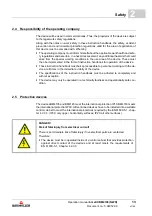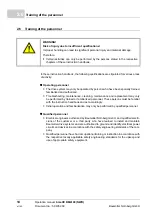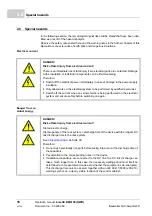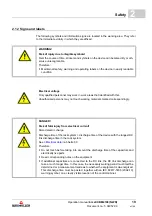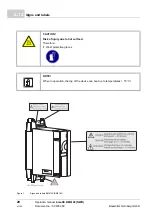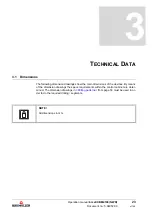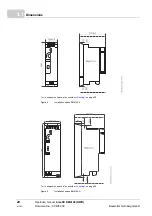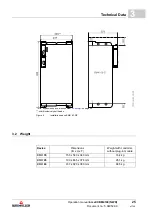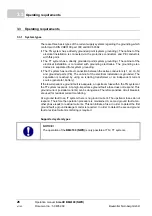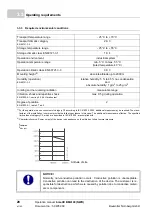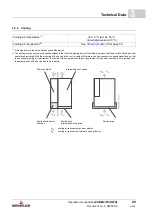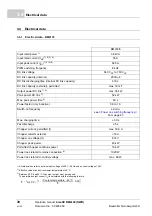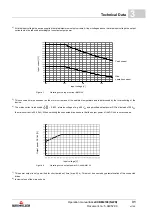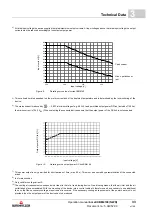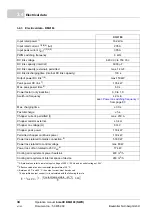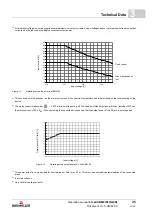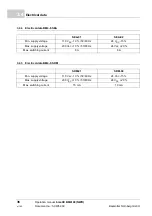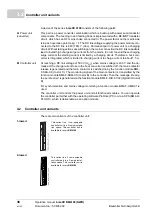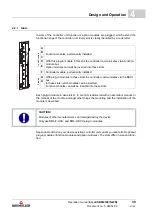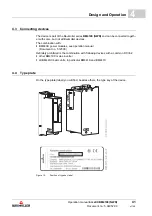
Operating requirements
Operation manual
b maXX
BM4100 (NWR)
Document no.: 5.04052.09
Baumüller Nürnberg GmbH
26
3.3
3.3
Operating requirements
3.3.1
System types
There are three basic types of the current supply systems regarding the grounding, which
conform with DIN VDE0100 part 300 and IEC 60364:
m
The TN system has a directly grounded point (system grounding). The cabinet of the
electrical installation is connected via the protective conductors and PE conductors
with this point.
m
The TT system has a directly grounded point (system grounding). The cabinet of the
electrical installation is connected with grounding electrodes. The grounding elec-
trodes are separated from system grounding.
m
The IT system has no direct connection between the active conductors (L1, L2, L3, N)
and grounded parts (PE). The cabinet of the electrical installation is grounded. The
separation is reached by using an isolating transformer or an independent current
source (generator, battery).
If the low-impedance ground fault is adequate, an upstream fuse within the TN system or
the TT system responds. At a high-impedance ground fault a fuse does not respond. This
ground current (residual currents) can be dangerous. Therefore sensitive circuit breakers
are used for residual current monitoring.
At a ground fault In an IT system there is no ground current. The upstream fuses do not
respond. Therefore the operation procedure is maintained. A second ground fault at an-
other phase leads to residual currents. This can initiate a fuse. In order to detect the first
ground fault a ground leakage monitor is required. In order to detect the second ground
fault a residual current monitoring is required.
Supported system types
NOTICE!
The operation of the
BM4100 (NWR)
is only possible at TN / TT systems.
Summary of Contents for b maXX 4100 Series
Page 143: ......


